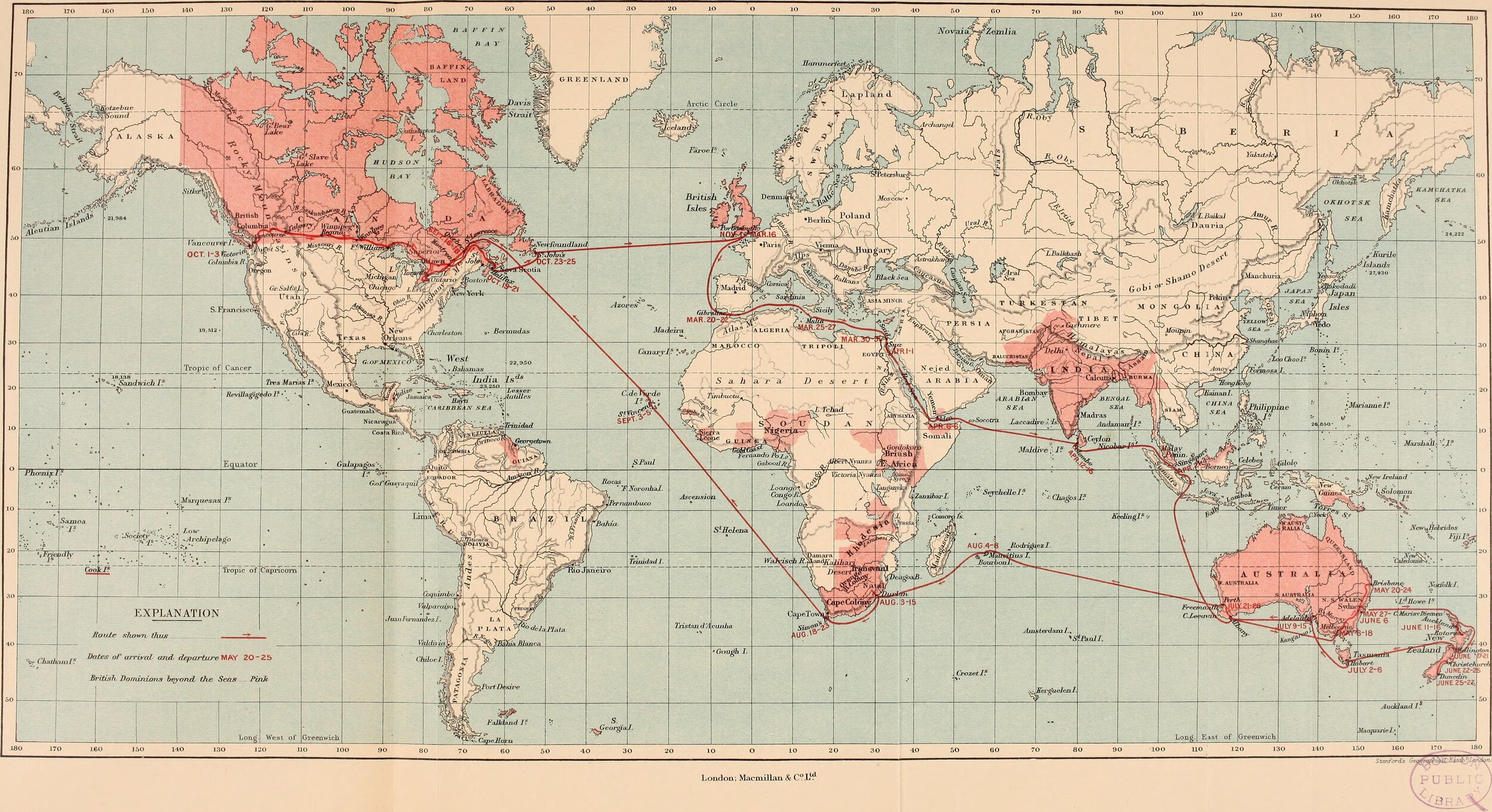
Part 5:
1945 to 2020: The Big Picture
#91 The Old Colonies: Development and Underdevelopment in the 21st Century
The USA’s relations with the southern countries in Asia, Africa, the Middle East, and Latin America have been to treat them, in principle, in a similar manner in which the Soviet Union was treated after 1991. That is, like those under the old colonial regimes.
By the end of the second decade of the 21st century, many countries of the South remained mired in deep poverty, despite 60 or 70 years of independence from colonial rule. People worldwide wanted the wealth they could see on their screens in the West.
#88 World Power: An Aphrodisiac for the Unwary
The key to understanding the Americans and world power after 1945 is that maintaining her competitive advantage has always been her key political concern. That has meant creating and then maintaining key alliances with a select number of nation-states like Israel and the old colonial nations of Europe, Japan, and to a lesser degree South Korea. All the others were nations that needed to be dominated.
#63 American Imperial Rule: American Intervention, Colonialism and Foreign Policy
‘The American century’ is considered the 20th century after 1945. From this time onwards, until the 21st century when China came again on to the world stage, America reigned supreme. This and the next several blogs will outline the framework and the choices she made to achieve global supremacy.
Unlike the earlier global powers, the US government and their think tanks carefully considered their options and structures. The earlier imperial powers had been led in the main by adventurers and privately financed enterprises. After 1945, American imperial expansion was led by her Government. And she knew the institutions which she wished to create to achieve world dominance.


